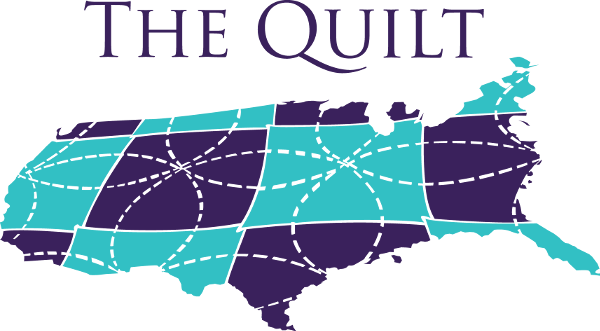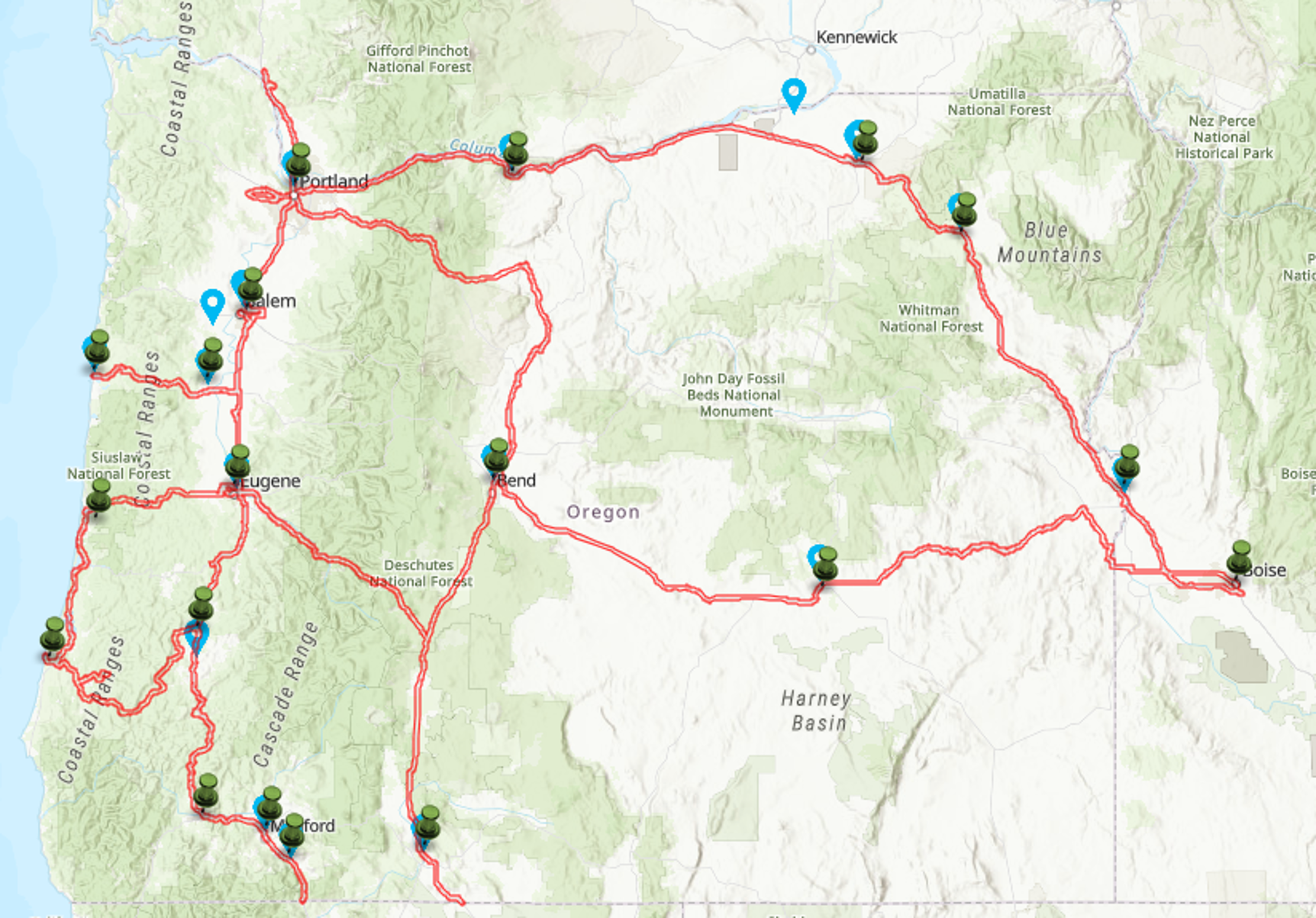Broadband access is an essential utility for any community to fully engage in the global digital economy. While Oregon cities generally boast above-average internet speeds, many rural parts of the state don’t fare nearly as well. Oregon’s research universities and state government now are working together to address connectivity challenges through an emerging non-profit organization, the Oregon Fiber Partnership, operating as Link Oregon.
Link Oregon brings together Oregon’s Office of the State Chief Information Officer (OSCIO), Oregon State University (OSU), the University of Oregon (UO), Oregon Health & Science University (OHSU) and Portland State University (PSU). The partnership leverages the capabilities of its partners, building particularly on the extensive experience within the Network for Research and Education in Oregon (NERO) based at UO.
“This is a unique collaboration between Oregon research universities and state government to develop a truly statewide shared backbone network,” said Steve Corbató, Link Oregon executive director. “Faster, more robust networks like this are vital for our universities to stay at the cutting edge of research and innovation, and a broad reach is critical to fulfill our partners’ extensive statewide missions around research, education, healthcare and public service.” As a public sector partner, Link Oregon seeks to creatively address the geographic and economic challenges to sustainable, affordable rural broadband service in Oregon. It has forged relationships with local telecommunications carriers and municipal broadband initiatives to leverage existing dark and lit fiber infrastructure for middle and last mile connections.
Link Oregon has already acquired more than 2,300 route miles of optical fiber from multiple vendors, including CenturyLink, LS Networks, and Zayo. PEAK Internet has provided fiber optic cable for a new direct connection between OSU’s main campus in Corvallis and its Hatfield Marine Science Center in coastal Newport. This pilot network segment supports critical research such as seismic risk mitigation and offshore wave energy trials.
Collaboration between research universities, medical centers, and rural clinics can help address urgent population health issues, including the rural opioid epidemic and unmet needs for mental health services. Robust connectivity means better, faster service delivery for local government agencies, K-12 schools, libraries, Native American Tribes, and healthcare organizations. It can boost techniques and best practices for digital agriculture and forestry, improve rural STEM education, and help develop new, sustainable avenues for local economic development.
Link Oregon is working already with small municipalities—including Independence, Lakeview, and John Day—and with Oregon’s Tribes to understand their unique social, economic, environmental, governance and research connectivity needs. The Klamath Tribes, for instance, are researching ways to preserve two endangered species of sucker fish that traditionally inhabited the Upper Klamath Lake watershed.
Link Oregon will maintain connections to the national Internet2 network as well as CENIC’s California Research and Education Network and focus on meeting the advanced requirements for partners’ cybersecurity, disaster recovery and overall resiliency planning needs.
The first phase of the network is expected to be operational in the second half of 2019, with additional critical milestones to follow in early 2020. Link Oregon also has the potential to house future state IT collaborations in areas such as cybersecurity, trust and identity, and research computing.

